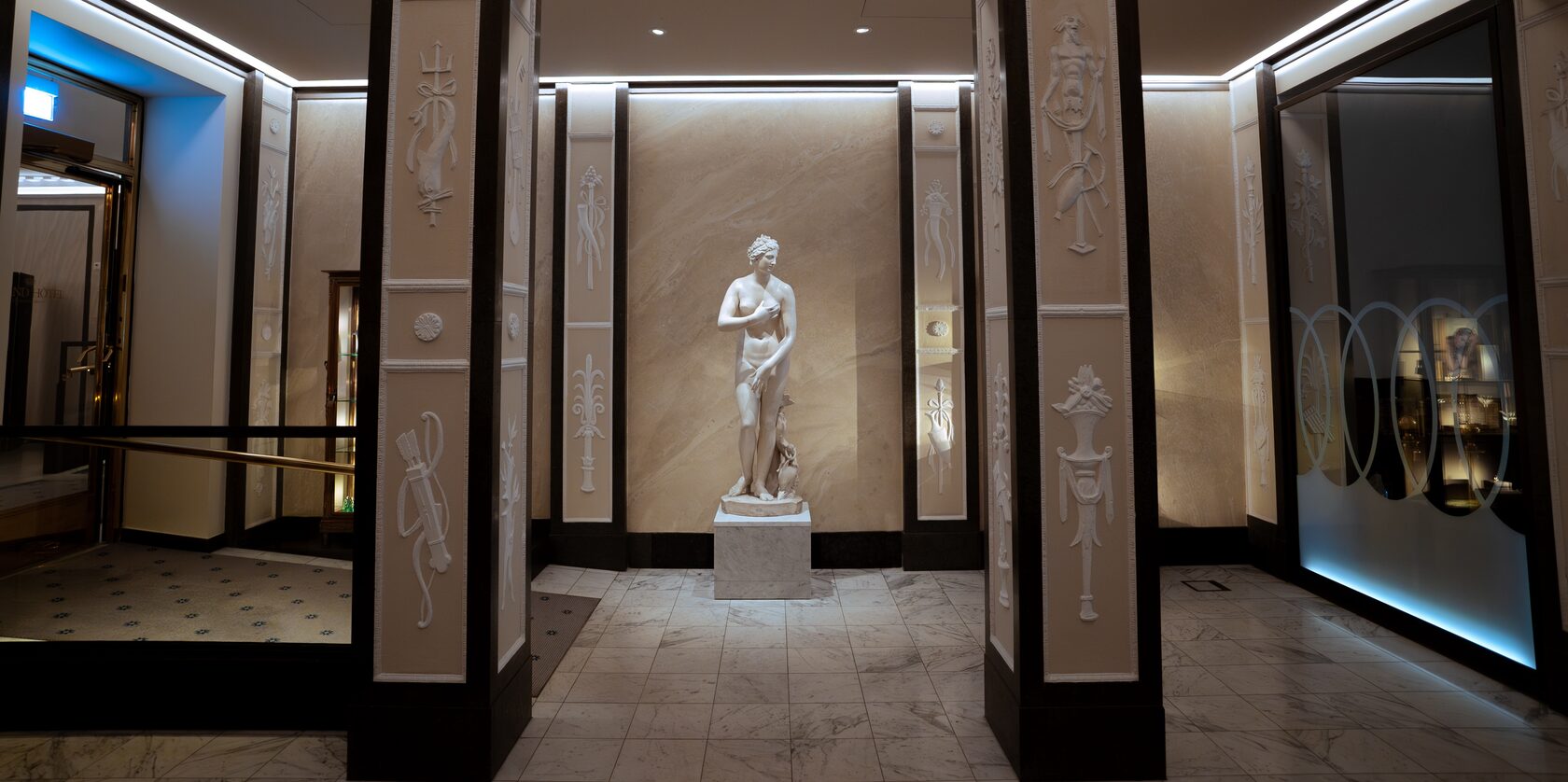An advertising videographer is responsible for transforming marketing concepts into professionally produced films. This role involves careful planning, precise filming techniques, and rigorous post-production work. The professional begins with an in-depth consultation to determine the key objectives, target audience, and desired tone of the film. Throughout production, technical expertise is applied to capture visuals that explain the brand’s offering, convey the intended message, and support strategic marketing goals.
By collaborating closely with clients, the videographer converts abstract ideas into a clear, structured film. The final product is designed to communicate essential details efficiently, assisting businesses in building trust with their audiences and differentiating themselves in a crowded market.
The production process
The production process starts with comprehensive pre-production work. This stage includes scripting, storyboarding, and location scouting. Detailed planning minimises uncertainties during the actual shoot and lays the groundwork for a precise filming schedule. Presenting guided lighting, sound field recording, and well-planned camera moves during the shoot is what makes every video amazing. This is the end-product of the editing process where all footages get put together, given a colour correction, and where sound and visuals are synchronised- all these to end up with an edited final picture portraying true brand identity.
Every stage of production is managed with a focus on quality and clarity. The resulting film is not only a marketing tool but also an asset that can be distributed across various media channels, including company websites, social networks, and broadcast media.
The impact of professional video content
Recent studies reveal the significant influence of video content in marketing. Data shows that webpages featuring video experience over 50% longer visitor retention, and listings that include films receive substantially more inquiries than those with still images alone. In one study, advertising films contributed to an increase in conversion rates by as much as 80%. These statistics underline the importance of using professionally produced video as a core element of marketing strategy.
Moreover, platforms such as social networks often reward video content with higher visibility and improved organic reach. A well-produced film that presents a coherent message can lead to increased shares and improved search engine rankings, further extending the marketing impact of the content.
Real-world applications and case studies
Several campaigns have demonstrated the effectiveness of professional advertising videography. For instance, a retail client required a film that communicated the quality and heritage of their product range. The videographer captured detailed scenes of product craftsmanship and included interviews with key personnel. The final film helped the client to achieve a notable rise in customer inquiries and improved brand perception.
In another case, a technology firm utilised a film to introduce a new product. The production featured product demonstrations and expert commentary, providing viewers with a clear understanding of the innovation and practical benefits. These examples serve to illustrate how a structured and professional approach can lead to tangible results.
Emerging trends in advertising videography
Current trends in the field indicate a move towards concise films that communicate essential messages within a short timeframe. The rise of mobile viewing has influenced formats, prompting brand videographers to produce films that are both informative and suitable for smaller screens. Advances in camera technology and editing software have also allowed for higher production values, even when budgets are moderate.
There is also an increased focus on authenticity. Clients are increasingly seeking films that present genuine experiences and straightforward messages rather than overly stylised or exaggerated narratives. This shift reflects a broader consumer preference for content that is both factual and relatable.
Best practices and return on investment
Professional advertising films give amazing returns on investment. Best practice with it is to clearly define objectives from the start, plan the entire activity to the finest details, and keep an open line of communication between the client and the production team. By systematising the whole process and everything, videographers would have reduced possible delays, unexpected expenses, and produced a product that meets or exceeds client expectations.
Measurable outcomes such as improved engagement metrics, longer on-page durations, and increased conversion rates all provide tangible proof of the worth of the film. Clients who have chosen to invest in high-quality, professional video production maintain that the returns they receive often include improved brand awareness and at least an increment in the number of qualified leads.
Measurable outcomes such as improved engagement metrics, longer on-page durations, and increased conversion rates all provide tangible proof of the worth of the film. Clients who have chosen to invest in high-quality, professional video production maintain that the returns they receive often include improved brand awareness and at least an increment in the number of qualified leads.
Additional insights for digital success
As search engine algorithms continue to evolve, websites that host quality video content tend to achieve higher rankings. Analytical data indicates that extended viewer dwell time and reduced bounce rates correlate with improved search performance. Furthermore, user interactions with video content - such as comments, shares, and likes - offer additional signals of quality that algorithms recognise.
Top video production helps to integrate the marketing effort into multi-channel distribution. A good film can then be cut into smaller pieces for use in social media, featured in an email campaign, or played back during an in-person presentation. This really makes professional video production a vital part of a holistic communication strategy.
WANT TO DISCUSS A PROJECT? GET IN TOUCH!
Conclusion
In a market where clarity and professionalism are paramount, an advertising videographer plays a vital role in transforming marketing objectives into visual narratives that deliver results. Through meticulous planning, technical expertise, and adherence to industry best practices, professionally produced films support higher engagement, improved search rankings, and measurable business outcomes. For organisations seeking to communicate their value proposition with precision and authority, partnering with an experienced advertising videographer represents a strategic investment in future success.
FAQs
How to use videos for ads?
Videos can grab attention faster than static content, making them one of the strongest tools for advertising. The key to effective video ads lies in clear messaging, strong visuals, and optimisation for different platforms. Keep your ads short, focus on a compelling narrative, and ensure they are mobile-friendly. Whether it’s a polished corporate ad or a fast-paced promo, the goal is to make the audience stop scrolling and watch.
Videos can grab attention faster than static content, making them one of the strongest tools for advertising. The key to effective video ads lies in clear messaging, strong visuals, and optimisation for different platforms. Keep your ads short, focus on a compelling narrative, and ensure they are mobile-friendly. Whether it’s a polished corporate ad or a fast-paced promo, the goal is to make the audience stop scrolling and watch.
Best platforms to promote my brand via video?
- YouTube Ads – Great for detailed storytelling and reaching a broad audience through skippable and non-skippable ads.
- Instagram & tiktok – Ideal for short, engaging videos with a strong hook in the first few seconds.
- Facebook ads – Works well for targeted campaigns with a mix of short and longer videos.
- LinkedIn ads – Best for B2B brands looking to connect with professionals through corporate videos.
- Google display & search video ads – Effective for retargeting and increasing conversions.
Industries that benefit the most from ad videos?
- Fashion & beauty – Product demos, behind-the-scenes, and influencer-led ads perform well.
- Automotive – Car launch videos, test drive ads, and cinematic brand films.
- Technology & SaaS – Explainer videos, software tutorials, and testimonial-driven campaigns.
- Hospitality & travel – Destination promos, hotel tours, and experience-driven storytelling.
- E-commerce & retail – Product showcase ads, interactive shoppable videos, and seasonal promotions.
Best ad video examples?
We’ve worked on several high-impact video ads across different industries. Some standout projects include:
We’ve worked on several high-impact video ads across different industries. Some standout projects include:
- Parimatch x Chelsea FC campaign – A high-energy promotional video blending sports and branding.
- Tommy Hilfiger tiktok content – Quick, engaging short-form videos tailored for a younger audience.
- Fast growth icons event videos – Ads crafted for social media engagement, featuring industry leaders.
- Luxoft brand video - A corporate film designed for LinkedIn and professional advertising.
These examples showcase how different styles of video ads work depending on the industry and target audience.
What is more important – the video for the ad or the ad settings?
Both matter, but if the video itself isn’t compelling, even the best ad settings won’t deliver strong results. A high-quality, well-crafted video grabs attention and keeps viewers engaged. However, without proper targeting, budget allocation, and audience segmentation, the ad might not reach the right people. The strongest campaigns combine engaging storytelling with strategic ad placement for the best ROI.
Both matter, but if the video itself isn’t compelling, even the best ad settings won’t deliver strong results. A high-quality, well-crafted video grabs attention and keeps viewers engaged. However, without proper targeting, budget allocation, and audience segmentation, the ad might not reach the right people. The strongest campaigns combine engaging storytelling with strategic ad placement for the best ROI.



